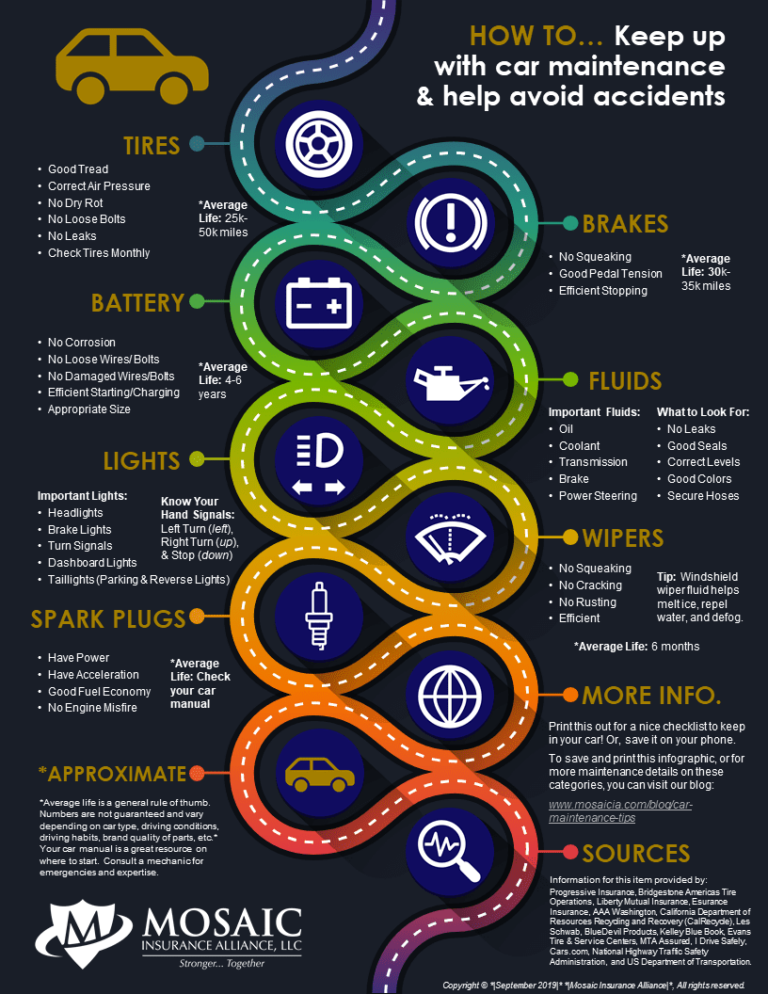Automotive Cybersecurity Challenges 2025: Navigating the Road Ahead
As the automotive industry accelerates into a digital future, vehicles are becoming more connected, autonomous, and reliant on software than ever before. While these advancements improve safety, convenience, and performance, they also introduce new risks. In 2025, automotive cybersecurity challenges are a top concern for manufacturers, regulators, and consumers alike. With vehicles now operating like rolling computers, the potential for cyberattacks targeting vehicle networks, driver data, and critical systems has never been greater. This article explores the key cybersecurity threats facing the automotive world in 2025 and what’s being done to mitigate them.
Why Connected Cars Are Now Prime Targets for Cyberattacks
Today’s vehicles are loaded with electronic control units (ECUs), infotainment systems, telematics platforms, and even over-the-air (OTA) software update capabilities. While these technologies enhance the driver experience, they also create entry points for hackers. In 2025, the sheer number of connected cars on the road means more opportunities for malicious actors to exploit vulnerabilities whether through Wi-Fi, Bluetooth, cellular networks, or remote servers. This makes automotive cybersecurity not just a technical issue, but a core pillar of vehicle safety and brand trust.
The Growing Threat of Vehicle System Manipulation
Cybercriminals are no longer just focused on stealing data they are now capable of manipulating physical components of a vehicle remotely. In 2025, threats include unauthorized access to braking systems, steering, cruise control, and autonomous driving features. A breach in the vehicle’s CAN (Controller Area Network) bus or ADAS (Advanced Driver Assistance Systems) could lead to dangerous outcomes on the road. As vehicle software becomes more complex, attackers can exploit a wider range of flaws unless manufacturers adopt stronger cybersecurity protocols from the earliest stages of design.
Data Privacy Concerns in the Era of Smart Mobility
With vehicles collecting massive amounts of driver and passenger data from location tracking to biometrics and behavioral insights data privacy has become a central cybersecurity challenge. In 2025, consumers expect transparent policies and strong safeguards on how their information is stored, used, and shared. However, many automakers still struggle to meet rising regulatory demands such as GDPR and other national frameworks. Cybersecurity failures here can damage brand reputation and result in costly penalties. Protecting sensitive personal data is now a competitive differentiator and a legal necessity in the connected car ecosystem.
Supply Chain Vulnerabilities and Third-Party Risk
Modern vehicles rely on hundreds of components sourced from global suppliers many of whom contribute software, firmware, or integrated electronics. This complex supply chain opens the door to vulnerabilities being introduced unintentionally or maliciously at various stages. In 2025, third-party risk is a significant cybersecurity concern, especially when security testing and verification are inconsistent across suppliers. A compromised supplier could become an access point for hackers to infiltrate thousands of vehicles. Automakers are increasingly adopting secure-by-design frameworks and requiring higher compliance standards from partners to address these risks.
Regulatory Pressure and Industry Response in 2025
Governments around the world are now taking automotive cybersecurity more seriously. In 2025, regulations such as the UN’s WP.29 cybersecurity requirements and country-specific mandates are pushing automakers to prioritize security throughout the vehicle lifecycle. Automakers are responding by integrating dedicated cybersecurity teams, investing in bug bounty programs, and collaborating with ethical hackers. Additionally, standardized frameworks like ISO/SAE 21434 guide development teams in creating secure vehicle systems. As regulation intensifies, cybersecurity is evolving from an afterthought to a critical element of automotive innovation and compliance.
FAQs About Automotive Cybersecurity Challenges 2025
Are electric vehicles more vulnerable to cyberattacks than gas-powered ones?
Electric vehicles often rely more on connectivity and digital systems, increasing potential vulnerabilities if not properly secured.
Can a hacker remotely control a car in 2025?
Yes, with sufficient access, hackers can manipulate vehicle functions. That’s why real-time monitoring and secure design are critical.
How do over-the-air updates pose a cybersecurity risk?
If not encrypted or authenticated properly, OTA updates can be hijacked, allowing attackers to install malicious software on vehicles.
What role do car manufacturers play in cybersecurity?
Manufacturers must build secure systems, follow regulatory standards, monitor for threats, and provide timely software patches.
Will autonomous vehicles face more cybersecurity threats?
Yes, due to their reliance on sensors, AI, and continuous connectivity, autonomous vehicles present a larger attack surface.

